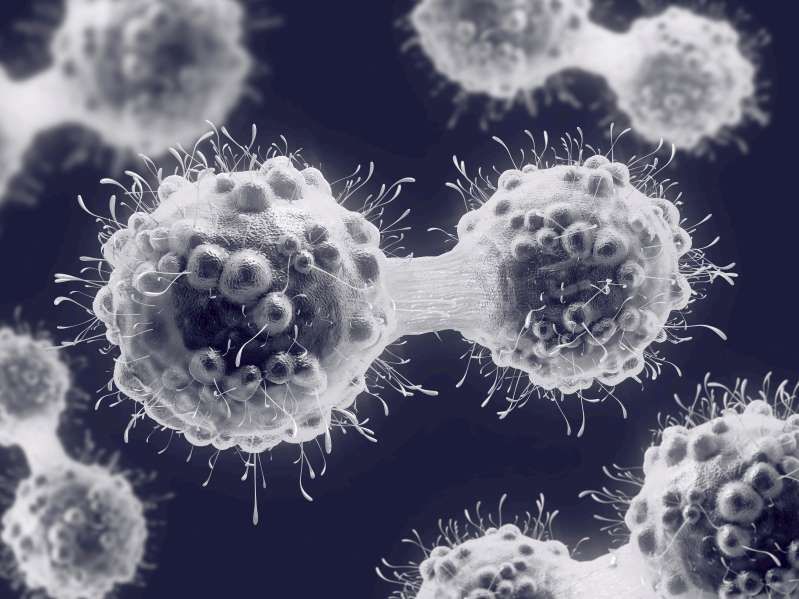Mar 18, 2020
Samsung makes solid-state battery breakthrough
Posted by Quinn Sena in category: innovation
Solid-state batteries could deliver a range approaching 500 miles, according to Korean tech giant Samsung.
Solid-state batteries could deliver a range approaching 500 miles, according to Korean tech giant Samsung.
Hope on the horizon:
1. Researcher make a breakthrough: Professor Katherine Kedzierska leads research at the Peter Doherty Institute for Infection and Immunity that discovers how the human body overcomes coronavirus.
Melbourne researchers have mapped immune responses from one of Australia’s first novel coronavirus (COVID-19) patients, showing the body’s ability to fight the virus and recover from the infection.
Continue reading “COVID-19: the immune system can fight back” »
While the CDC has a vaccination in clinical trials Israel claims they could have a COVID-19 vaccination available within 90 days:
Israeli Science and Technology Minister Ofir Akunis confirmed Thursday that scientists are close to developing the first vaccine against the COVID-19 novel coronavirus.
The vaccine could be ready within a few weeks and available in 90 days if all continues going according to plan, Akunis noted.
Continue reading “Coronavirus Vaccine Could Be Available in 90 Days” »

The US is going to lockdown for 15 days to start.
Members of the Trump administration’s coronavirus task force, led by Vice President Mike Pence, hold a press briefing at the White House.
» Subscribe to NBC News: http://nbcnews.to/SubscribeToNBC
» Watch more NBC video: http://bit.ly/MoreNBCNews
:00000
There’s a new breakthrough that might just be the secret ingredient to commercialize “the holy grail of energy,” nuclear fusion.
An international team of researchers, affiliated with UNIST has for the first time succeeded in demonstrating the ionization cooling of muons. Regarded as a major step in being able to create the world’s most powerful particle accelerator, this new muon accelerator is expected to provide a better understanding of the fundamental constituents of matter.
This breakthrough has been carried out by the Muon Ionization Cooling Experiment (MICE) collaboration, which includes many UK scientists, as well as Professor Moses Chung and his research team in the School of Natural Sciences at UNIST. Their findings have been published in the online version of Nature on February 5, 2020.
“We have succeeded in realizing muon ionization cooling, one of our greatest challenges associated with developing muon accelerators,” says Professor Chung. “Achievement of this is considered especially important, as it could change the paradigm of developing the Lepton Collider that could replace the Neutrino Factory or the Large Hadron Collider (LHC).”
 3D illustration of a cancer cell in the process of mitosis. A new type of immune cell which kills most cancers has been discovered by accident by British scientists, in a finding which could herald a major breakthrough in treatment.
3D illustration of a cancer cell in the process of mitosis. A new type of immune cell which kills most cancers has been discovered by accident by British scientists, in a finding which could herald a major breakthrough in treatment.
Researchers at Cardiff University were analysing blood from a bank in Wales, looking for immune cells that could fight bacteria, when they found an entirely new type of T-cell.
That new immune cell carries a never-before-seen receptor which acts like a grappling hook, latching on to most human cancers, while ignoring healthy cells.
Researchers have generated a wide range of colors from a single laser after discovering a new process for achieving so-called “supercontinuum generation.”
Supercontinuum generation is when intense laser light of one color travels within a material, like glass, and broadens into a spectrum of colors.
The effect lets scientists produce light at colors tailored to particular applications in sectors like bioimaging, optical communications and fundamental studies of materials.
Photonics experts at Heriot-Watt university are hailing a breakthrough in laser research.
They have come up with a new and relatively inexpensive way of creating a laser supercontinuum.
They hope it could eventually have applications in bio-imaging and optical communications.
Continue reading “Researchers create the Jimi Hendrix of lasers” »